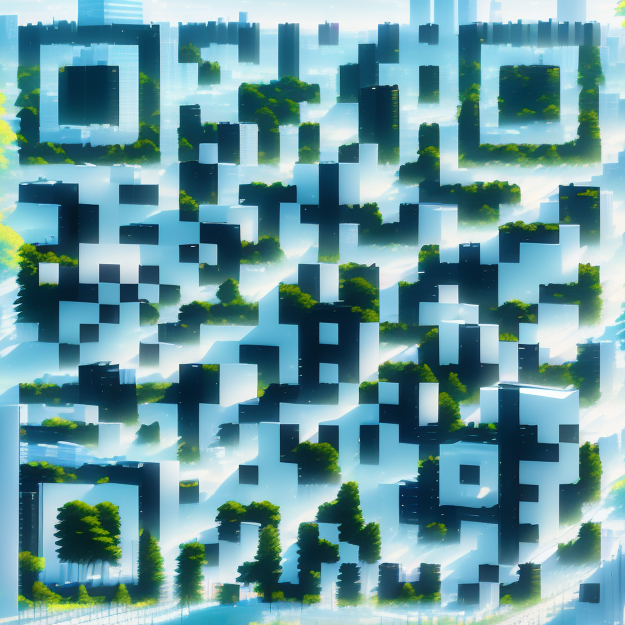摘要: 珠海市唐家湾镇作为岭南广府地区典型古镇代表,有着留存较为完整的建筑聚落,其中的祠堂不仅是族群的象征,是政治与宗族的文化中心,也是严肃的祭祀供奉祖先的空间与族内议事的空间。对祠堂围护结构进行研究,通过实地考察,分析博风、墙楣、墀头、头门、门枕石、屏门、窗等多个部分的特征。研究发现,唐家湾镇祠堂的墙体可分为中墙与山墙,墙体的部件主要集中在墙体上端处,由博风、墙楣与墀头组成;整体呈现出外封内敞的空间特色,门窗部件种类较少;门部件主要由前堂头门与祠堂内部的屏门组成,窗部件主要为装饰窗,有横披窗与彩玻窗两种。[SCITIP 广府祠堂 ]
DOI: CNKI:SUN:MEIC.0.2022-11-001
CITE: 汪胤祺, 陈以乐, 郑亮 & 汤强.(2022). 岭南广府祠堂围护结构研究——以珠海市唐家湾镇为例. 美与时代 (城市版)(11),1-5. doi:CNKI:SUN:MEIC.0.2022-11-001.
Tangjiawan Town, Zhuhai City, as a typical ancient town in the Lingnan Guangfu area, has a relatively complete architectural settlement. The ancestral hall is not only a symbol of the ethnic group, but also a political and clan cultural center. It is also a serious space for worshiping ancestors. Space for internal discussions. Conduct research on th
e enclosure structure of the ancestral hall, and analyze the characteristics of multiple parts such as the wind, the lintel, the head, the head door, the door pillow stone, the screen door, and the window through on-the-spot investigation. The study found that the walls of the ancestral hall in Tangjiawan Town can be divided into the middle wall and the gable wall. The parts of the wall are mainly concentrated at the upper end of the wall, which is composed of the Bofeng, the lintel and the head; the whole presents an open space on the outside and on the inside. Features, there are fewer types of door and window parts; the door parts are mainly composed of the front door and the screen door inside the ancestral hall, and the window parts are mainly decorative windows, including horizontal draped windows and stained glass windows


